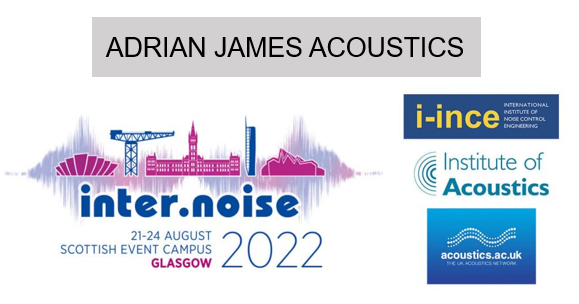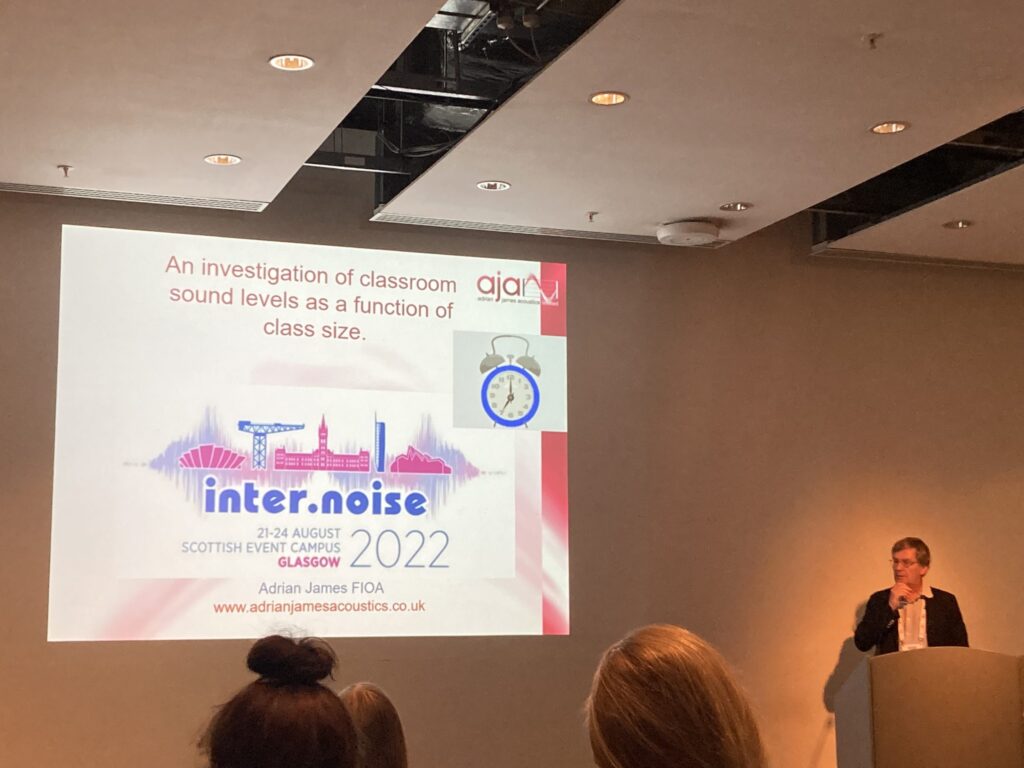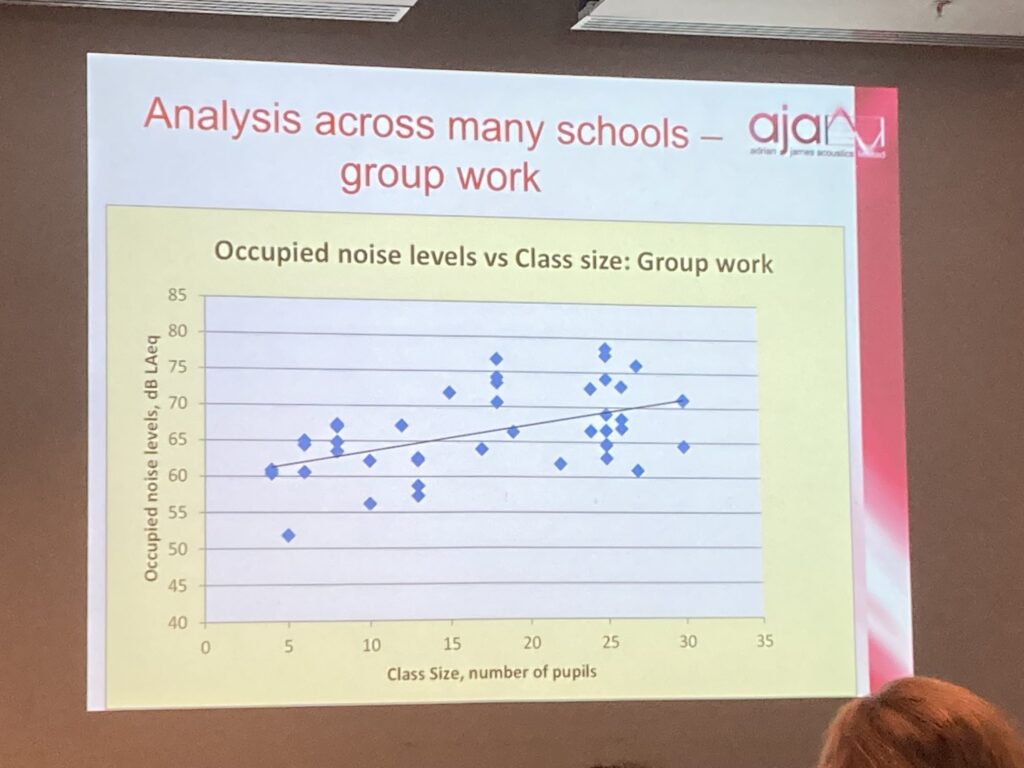

As a veteran acoustician and the principal author of the UK acoustic standard for schools BB93, Adrian James has spent nearly three decades considering and influencing the role sound plays in classrooms.
He notes that the Department for Education’s Advice on Standards for School Premises, 2015, for children with special listening needs (accessible here) is rarely applied in practice when mainstreaming children with any number of hearing conditions that are exacerbated by the presence of noise, including but not restricted to hearing loss, auditory processing disorder, being on the autism spectrum, and learning in a second language.
The DfE’s advice states that:
“Where pupils with special needs are taught in mainstream schools, the acoustics of the spaces where they are taught miay need to be enhanced to the same standards as those in special units. Provision will usually be required to teach these pupils in smaller groups so that the ambient noise from other pupils is lower and the distance between teacher and pupil is minimised.”
After comparing many schools’ noise levels during group work, Adrian James has shown that larger class sizes, such as those encountered in mainstream schools, lead to higher noise levels. This indicates that smaller class sizes for children with special listening needs are an obvious implication, even when acoustic standards are met.

So, “What do children with special listening needs really need in a classroom?” Adrian James asks. His recommendations are:
- Small class sizes
- Good classroom acoustics (i.e. according to BB93: a reverberation time of 0.4s between 125-4000 Hz and <0.6s in any octave range; ambient unoccupied noise levels of 30 dB)
- Low noise levels so teacher can talk in conversational tone (i..e according to BB93: a signal-to-noise-ratio of 25dB.
- Good (or at least quiet) pupil behaviour
- Teachers and assistants with the correct training
- Good visual access to the talker’s face
Read more about this research project here.
The conference proceedings from Internoise 2022 can be downloaded here.
For any questions about this article, please contact Douglas MacCutcheon at [email protected].

